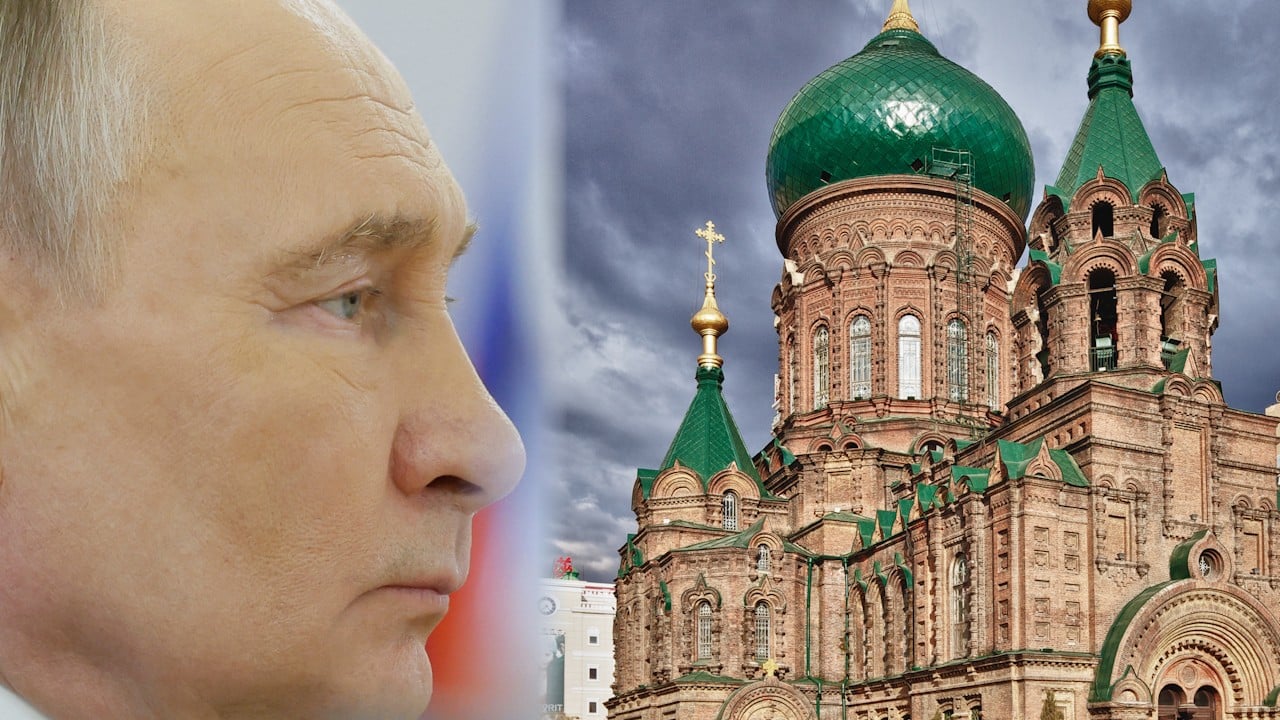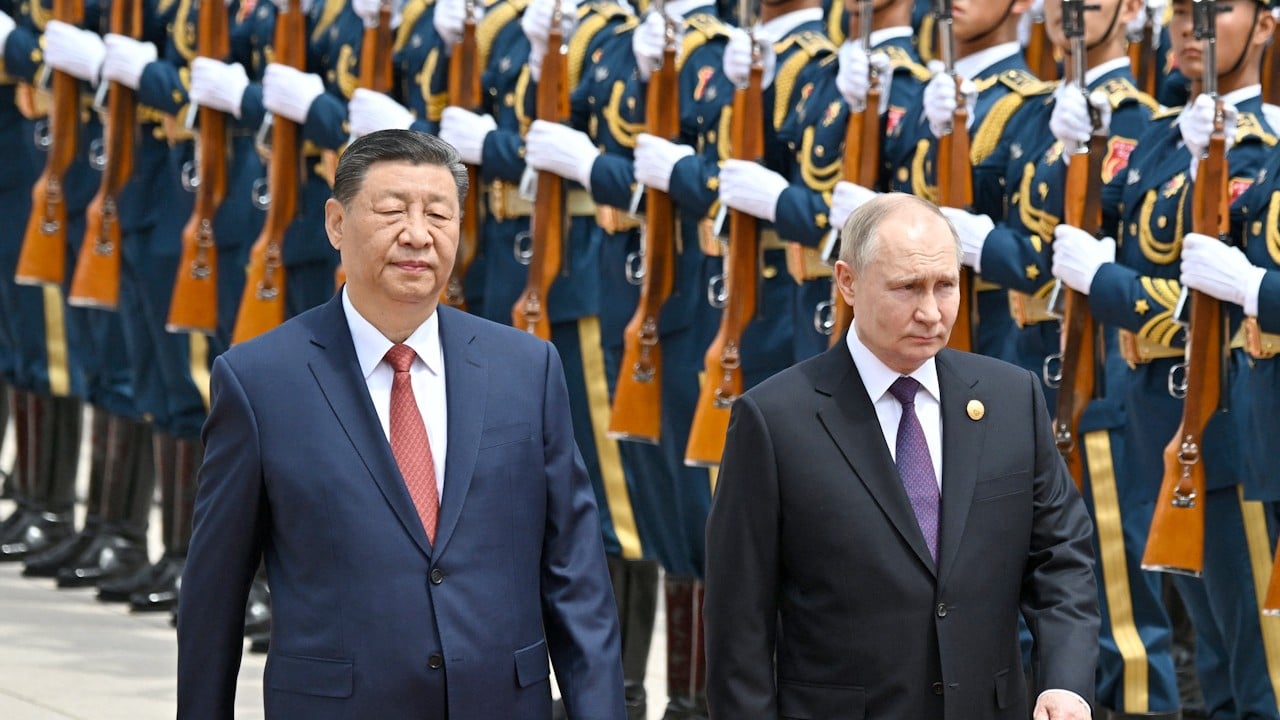
Why did Russian President Vladimir Putin visit a Chinese university under US sanctions?
- Harbin Institute of Technology is regarded tops among China’s ’Seven Sons of National Defence’ universities
- Putin says the HIT has productive partnerships with leading Russian institutions and ‘is a talent base for China’s nuclear industry’
On the stop, Putin shook a robotic hand developed by HIT and repeatedly praised the university’s strengths in cultivating talent and academic research. Despite being located in the northeast corner of China, HIT’s research capabilities are formidable.
Proclamation 10043 issued on May 29, 2020, and signed by then US president Donald Trump, defines these schools as engaged in “military-civil fusion”. In other words, they are sanctioned because of their critical role in China’s national defence construction.
HIT was among the first batch of institutions to join China’s “985 Project” which was aimed at developing world-class universities. It was the first in the nation to establish a school of astronautics and has continued to lead in crewed space flight and robotics. Beijing Institute of Technology is known for its weaponry disciplines while Beihang University has a reputation in aerospace.
The sanctions have made it difficult for graduates and researchers from these institutions to obtain US study visas and have hindered their ability to buy laboratory equipment and software from the US. Additionally, some American companies, such as Microsoft Research Asia, have stopped recruiting graduates from these schools.
Despite the sanctions, budgets at the Seven Sons of National Defence have been rapidly increasing. HIT’s budget rose from 10.8 billion yuan (US$1.49 billion) in 2021 to 19.46 billion yuan in 2024, the highest of the seven universities.
HIT seems to be thriving under sanctions.
In 2024, some 14 of the 985 Project universities saw their budgets drop, with top ranked Tsinghua University receiving 2.5 billion yuan less than the previous year. In contrast, HIT’s budget increased by 2.7 billion yuan, the largest growth among all 985 Project universities.
“Calculated by the formula of compound annual growth rate, HIT’s annual budget growth rate over the past five years has been 21.7 per cent, the fastest among all 985 Project universities in China,” according to Planet Data, which tracks rankings.
Putin’s decision to visit HIT might also be linked to historical ties between the university and Russia.
Founded in 1920 as the Harbin Sino-Russian Industrial School, HIT originally taught in Russian and followed the Russian education model. After World War II, it was jointly managed by China and the Soviet Union. Following the establishment of the People’s Republic of China, the Chinese government took over in 1950, continuing to adhere to Soviet standards of technical education.
In his speech, Putin mentioned the collaborative history between HIT and Russian educational institutions and said he looked forward to future cooperation in education and economics.
“Scientific and educational cooperation holds a priority position in the overall development of China-Russia relations and the comprehensive strategic partnership of coordination,” Putin said.
“HIT maintains productive partnerships with leading Russian scientific and educational institutions, such as the Russian Academy of Sciences and its Far Eastern Branch, Moscow State University, Moscow Aviation Institute, Far Eastern Federal University and Pacific National University.
“Shortly, St Petersburg State University will establish an educational centre with HIT, where more than 1,500 Chinese and Russian students will study natural science courses together, training high-level professionals needed for both countries’ economies.”
China and Russia are also conducting joint research on several major scientific projects.
“Harbin Institute of Technology is a talent base for China’s nuclear industry. HIT graduates actively contribute to the construction of the Tianwan and Xudabao nuclear power plants [designed by Russia] in collaboration with Russia’s state atomic energy corporation,” Putin said.



